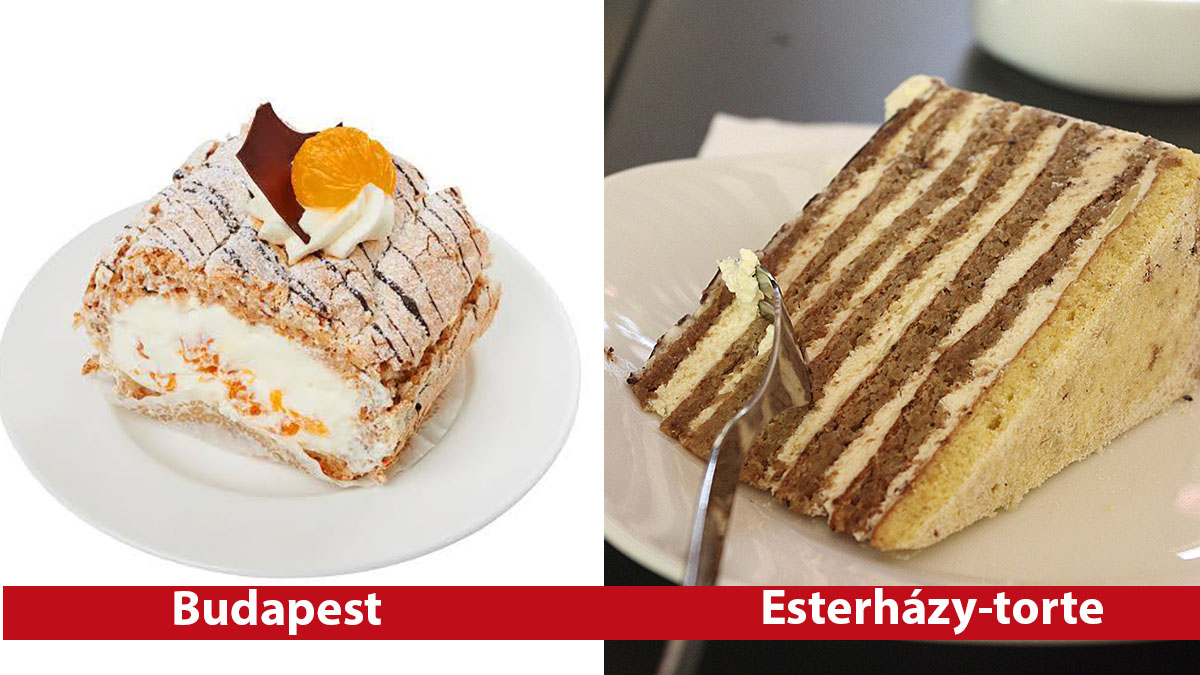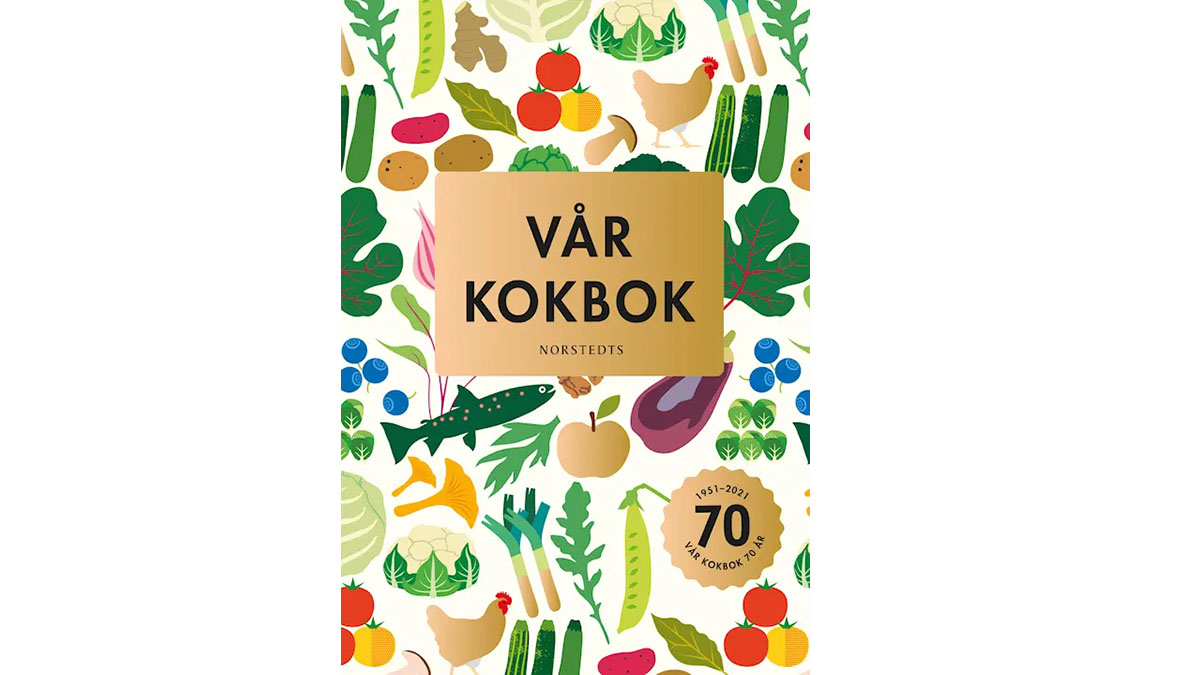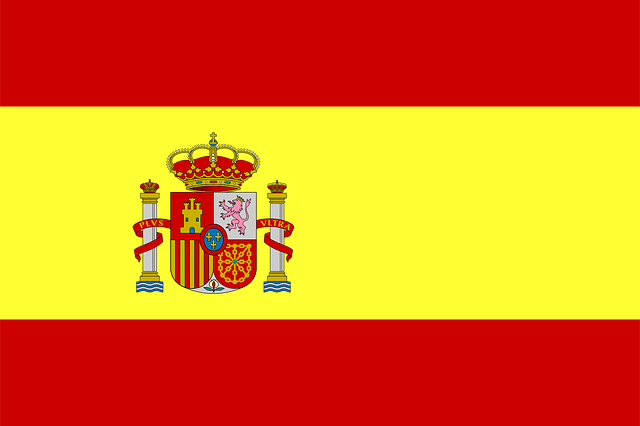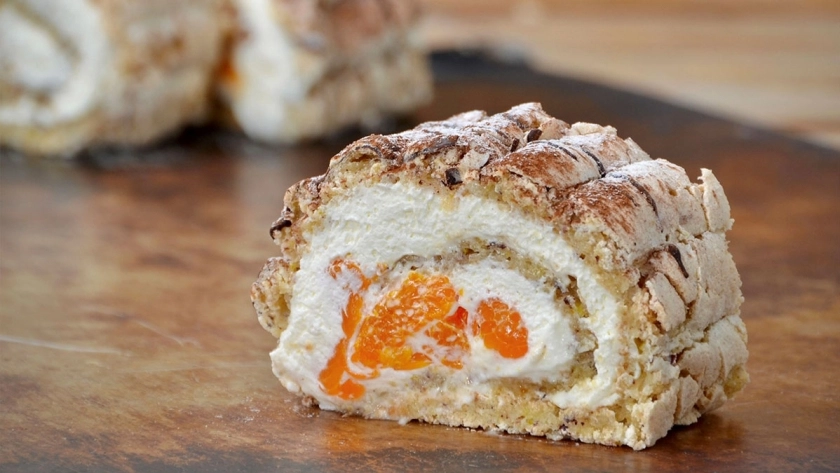
Its name evokes the Hungarian capital, but it is actually in the windows of Swedish bakeries that this pastry proudly stands: the Budapestbakelse is indeed one of the most popular desserts in the country, and it can be found in many cafes/bakeries in the capital.
Light, rolled, filled with whipped cream and fruits (most often mandarines or raspberries), with its crispy almond-based (and hazelnut) dough, it has become a must-have in the fika, the Swedish ritual of sweet coffee breaks.
But where does it really come from? And why does it bear the name of a Hungarian city, even though it is rarely found outside Sweden? Join us behind the scenes of the creation of this iconic Swedish pastry.
100% Swedish origins
Contrary to what its name might suggest, the Budapestbakelse is not a traditional Hungarian cake. It was invented in Sweden in the 1950s by a pastry chef named Ingvar Stridh, who was based in Vetlanda, in the south of the country. Inspired by sweet rolled cakes popular in Central Europe, he is said to have chosen the name "Budapest" to give it an exotic touch — also a way to make it stand out in the display window.
Swedish historian and writer (and professor at Lund University) Dick Harrison notes that the Budapest cake has "certain similarities" to a Hungarian pastry called the Esterházy-torte. However, he points out that it is very uncertain whether Stridh was specifically inspired by this cake. We’ll let you judge for yourself based on the visuals… It’s also possible that the original recipe with buttercream (rather than whipped cream) was closer to the Hungarian cake, but today, posterity has embraced the whipped cream version, which became widely popular in the 1960s.

In a video published online, Ingvar Stridh shares that he traveled extensively as a consultant, both in Sweden and abroad. He worked in the United States, Spain, and many other European countries. He might have taken some ideas, but it is difficult to say for certain.
Regarding the creation of the recipe, he explains: "We made a small rolled cake with buttercream," which they called Budapest. Later, in the 1960s, Stridh adapted it "on a larger scale, with whipped cream.
An original recipe, it earned its reputation and became a classic of Swedish pastry
The success was immediate… With its light texture (thanks to a hazelnut meringue instead of a traditional sponge cake), generous whipped cream, and tangy fruits, the cake ticks all the boxes for Swedish enjoyment. Since then, it has become a staple in cafés and bakeries across the country, and every Swedish family has certainly tasted at least one piece during a fika, a birthday, or a Sunday brunch.
With its crispy meringue on the outside, soft on the inside, and airy cream filled with fruits, the Budapest is the perfect balance between sweetness, texture, and freshness. It is often served in individual portions (bakelse) but comes also in a larger format (Budapesttårta) on special occasions.
 https://www.arla.se/recept/budapesttarta/
https://www.arla.se/recept/budapesttarta/
Nearly fifty years after its supposed creation, the Budapest rolled cake remains a classic of Swedish pastries. It is particularly popular in Vetlanda, Stridh's hometown. When the town celebrated reaching 27,000 residents, they did so with... 27 meters of Budapest cake!
The dessert even has its own dedicated day, May 1st.
But why such success? Well, to start with, it’s simply delicious. Hazelnut meringue and whipped cream, it’s an almost unbeatable combination. Moreover, the use of canned fruits perfectly matched the times. In the 1960s, more and more women were entering the workforce, and it became essential to prepare desserts quickly. Opening a can of fruit salad or canned peaches took just seconds. Perhaps the housewife even served some unwhipped cream, which everyone poured over his own portion.

The famous Vår kokbok ("Our Cookbook," 1962) also stated that "fruits — especially citrus fruits — and berries, as well as their preserves, play an important role in the diet." Canned fruits were considered festive. Although the selection of exotic fruits was beginning to expand in stores, it was nothing like what we know today.
Modern and Delicious Variations
While the classic version uses mandarines, Swedish pastry chefs love to revisit the recipe with other fruits: fresh raspberries, blueberries, strawberries, or even mango depending on the season. Some add a touch of chocolate or coffee to the meringue, while others flavor the cream with vanilla or lemon.

Vegan, lactose-free, or gluten-free versions can also be found, proving that the Budapest continues to evolve with the times while staying true to its original charm. It’s a cake that can also be easily adapted in a glass for a more refined dessert, as, like many Swedish cakes, its presentation is often quite simple.
Swedes love the "homemade" aspect, and for this cake, they’re willing to experiment new and visibility! This is often the fate of great successes — we get used to them and stop appreciating them, but the Swedes have never said their last word on the matter, and every year on May 1st, Budapestbakelse Day, a new recipe emerges.
Despite its misleading name, the Budapestbakelse has become a true icon of Swedish pastry. Born in the 1950s, it has managed to remain timeless, thanks to its perfect combination of lightness, sweetness, and acidity. Revisited, celebrated, and adapted to all tastes and seasons, this meringue roll embodies the spirit of fika: simple, sociable, and always delicious. Whether in individual portions or as a birthday cake, the Budapest continues to win over sweet-tooths. And every May 1st, it reminds us that a good classic can always be reinvented.
 en
en FR
FR IT
IT ES
ES


